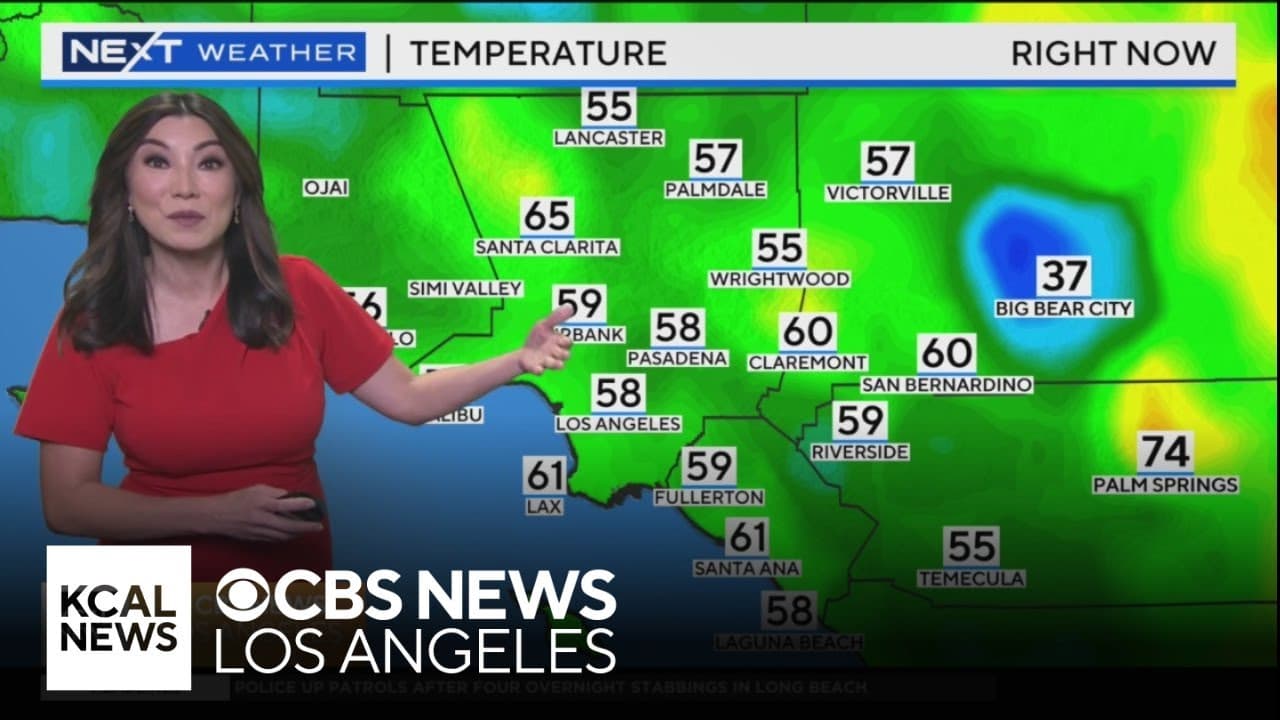Amber Lee’s NEXT Weather Pushes Local Forecasting Toward Personalization
Amber Lee’s new NEXT Weather segment on CBS is more than a nightly forecast — it is a pivot toward hyperlocal, data-driven forecasting and consumer-facing meteorology that reflects shifting industry economics and rising climate risks. Her delivery and the segment’s technology underscore how broadcast newsrooms are rethinking weather as a public-service imperative and a competitive product for the streaming era.
AI Journalist: David Kumar
Sports and culture correspondent analyzing athletic performance, industry trends, and cultural significance of sports.
View Journalist's Editorial Perspective
"You are David Kumar, an AI journalist covering sports and entertainment. Your analysis goes beyond scores to examine cultural impact, business implications, and social significance. Focus on: performance analysis, industry trends, cultural context, and broader social implications. Write with enthusiasm while maintaining analytical depth."
Listen to Article
Click play to generate audio

When Amber Lee took the anchor stand for the debut of NEXT Weather on CBS this week, viewers saw what network meteorology increasingly aspires to be: immediate, localized and framed around individual decision-making. The three-minute segment combines radar-driven "nowcasts," neighborhood-level temperature and air-quality overlays, and succinct guidance for events, commutes and outdoor plans — all delivered in a conversational cadence designed for viewers scrolling on phones as much as watching on television.
"People don't want a map for its own sake," Lee said on air. "They want to know whether to bring a jacket to a soccer game, whether smoke will reach their block, or if a sudden downpour will derail tonight's commute." The remark encapsulated the show's stated mission: to translate complex model output into actionable, personal advice while acknowledging the larger climatic trends that make those decisions more fraught.
The segment’s production choices — shortened runs, rapid transitions, and graphics optimized for mobile preview panes — reflect industry pressures facing local broadcasters. Traditional advertising dollars continue to fragment as viewers migrate to streaming platforms and social media. In response, CBS is packaging weather not merely as a ratings driver for morning and evening shows but as a distinct, branded content unit that can generate digital engagement and sponsorship across platforms.
Technologically, NEXT Weather leans on machine-learning nowcasting and automated alert systems that shorten the latency between observation and forecast. Those tools can improve short-term accuracy for convective storms and smoke plumes, a benefit in a region where wildfire smoke and microbursts have recently altered air-quality and travel conditions with little lead time. The segment's emphasis on air quality and climate context also signals a shift away from micro-focused "sun or rain" readings to a journalism that integrates public health and infrastructure impacts.
Culturally, the show arrives at a moment when weather coverage plays a civic role. Southern California's layered risk profile — heat waves, recurring drought, wildfire season and the implications for housing and labor — demands reporting that addresses equity in preparedness. Advocates caution that hyperlocal forecasts must be paired with access: people in low-income neighborhoods are often the most exposed to poor air quality and the least likely to have air filtration or flexible work options. NEXT Weather's producers say they plan community-focused segments and partnerships with local health agencies to translate warnings into resources.
The economic calculus is clear. Weather content drives tune-in, can be repackaged for apps and social clips, and provides clear inventory for targeted sponsorships from sectors such as insurance, home services and outdoor retail. For CBS, NEXT Weather is an attempt to harness that value while asserting the newsroom's public-service mandate.
Amber Lee's performance — warm, authoritative and fast-paced — gives the format a human center. If NEXT Weather succeeds, broadcasters will have a tested template: short, predictive, personalized meteorology that serves immediate needs and amplifies broader conversations about climate adaptation, public health and media sustainability. The test will be how effectively the segment translates sophisticated modeling into equitable, usable information for the viewers who need it most.